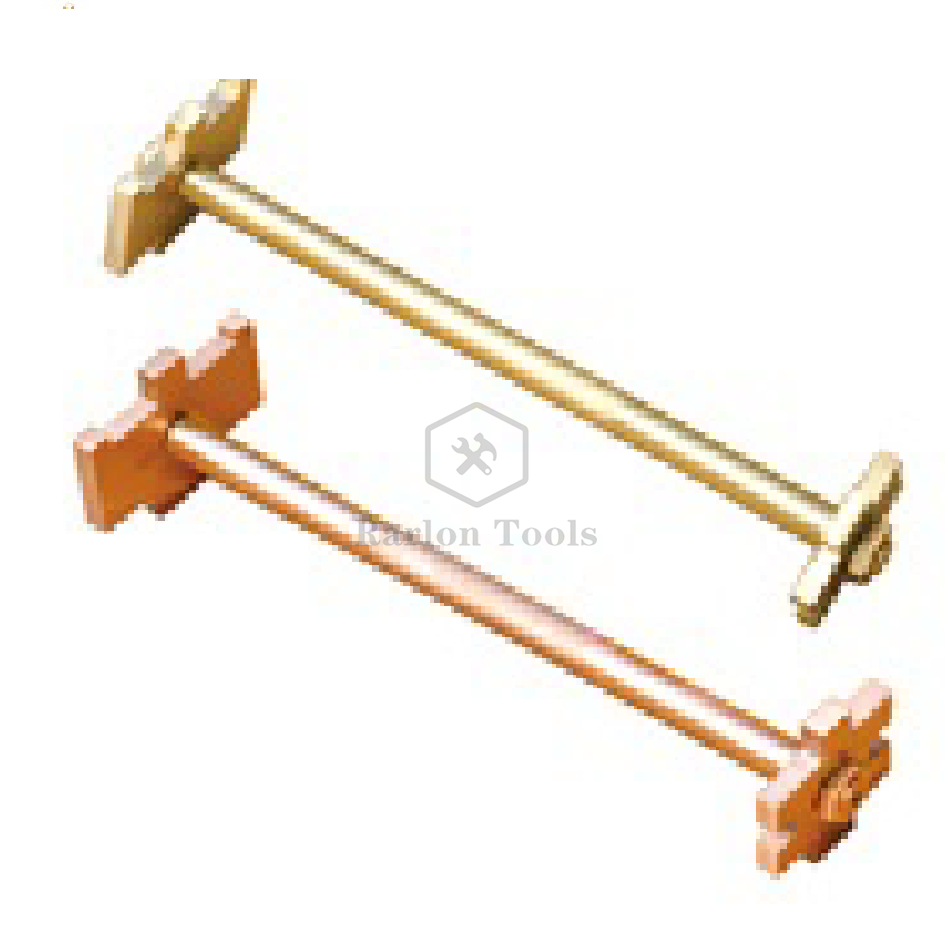An explosion-proof tool is a safety tool that cannot be replaced by any tool. It does not produce sparks in friction and explosion inflammable and explosive places, ensuring national property and personal safety, and has its stable mechanical properties, good hardness, and torque. It does not deform, accords with its use-value. The nature of explosion-proof tools in the field of security is very important, because this is the key to safety facilities, so it is necessary to ensure the most critical application performance. So today, let's learn about the maintenance knowledge of explosion-proof tools with explosion-proof tool manufacturers.
The surface of the explosion-proof tool is smooth and polished after barrel finishing. The active metal molecules on the surface are exposed to the air and oxidized and blackened quickly, and then rusted. The water film left on the surface of the part after cleaning has formed an electrochemical A layer of electrolyte solution necessary for corrosion. Although the degree of ionization of water is small, it can still be ionized into hydrogen ions and hydroxide ions. This ionization process accelerates with increasing temperature. At the same time, carbon dioxide and sulfur dioxide are also dissolved in the water, which is easily combined with water. Iron and impurities in iron are immersed in a solution containing various ions such as hydrogen ions, hydroxide ions, and carbonate ions to form a corrosion cell. Iron is the anode and impurities are the cathodes. Generally, oxygen is contained in the water film, and the iron on the anode is oxidized to ferrous ion. It is oxygen that obtains electrons on the anode and then combines with water to form hydroxide ions. From this point of view, the de-oiling treatment before the blasting of the explosion-proof tools and the dehydration, drying, and rust-proofing after the blasting is very necessary. Both of them are indispensable, and there are many methods. Dehydration and drying usually use industrial dryers. The main ingredients of rust-proof oil are lanolin, barium petroleum sulfonate, sodium petroleum sulfonate, and additives. I hope the above brief introduction will give you a good understanding of your life.

First of all, we must store the explosion-proof tools in a dry place. This is to prevent some parts of the work from being damaged. In our daily work, the surface attachment of the tool should be treated after 20 consecutive taps, and then cleaned before use. Do not use it continuously, so as to prevent the tool from being heated because of prolonged friction. May damage our tool products. After use, clean the surface of dirt and deposits and store in a dry and safe place. Percussion tool products must not be continuously struck. There should be appropriate intervals more than ten times. At the same time, the debris on the product site must be removed in time before continued use. Wrenches are not allowed to be used with excessive force, nor can they be extended by using sleeves or other metal rods to extend the arm, or by using hammers (except for striking wrenches) to turn fasteners. Cutting edge tools should be placed in the water tank to lightly touch the grinding wheel for sharpening. Do not use excessive force and contact the grinding wheel for a long time. In the actual operation of explosion-proof tools, the debris on the site and the corroded oxides on the working surface must be removed to prevent third-party impact.
The operation performance of the explosion-proof tools introduced above is hoped to play a role in helping everyone to use them well, so as to more effectively improve the usability of this product.
Previous: Track Bolts And Nuts Participating in Rail And Fastening Track
Next: HEXAGON BUSHING Stainless Steel Hexagon Bushing Threaded Fitting
Copyright:@2020-2021
Comments Please sign in or sign up to post.
0
0 of 500 characters used